Home>Others>Specialized Home Improvement Topics>How To Remove Tint Glue From Car Windows
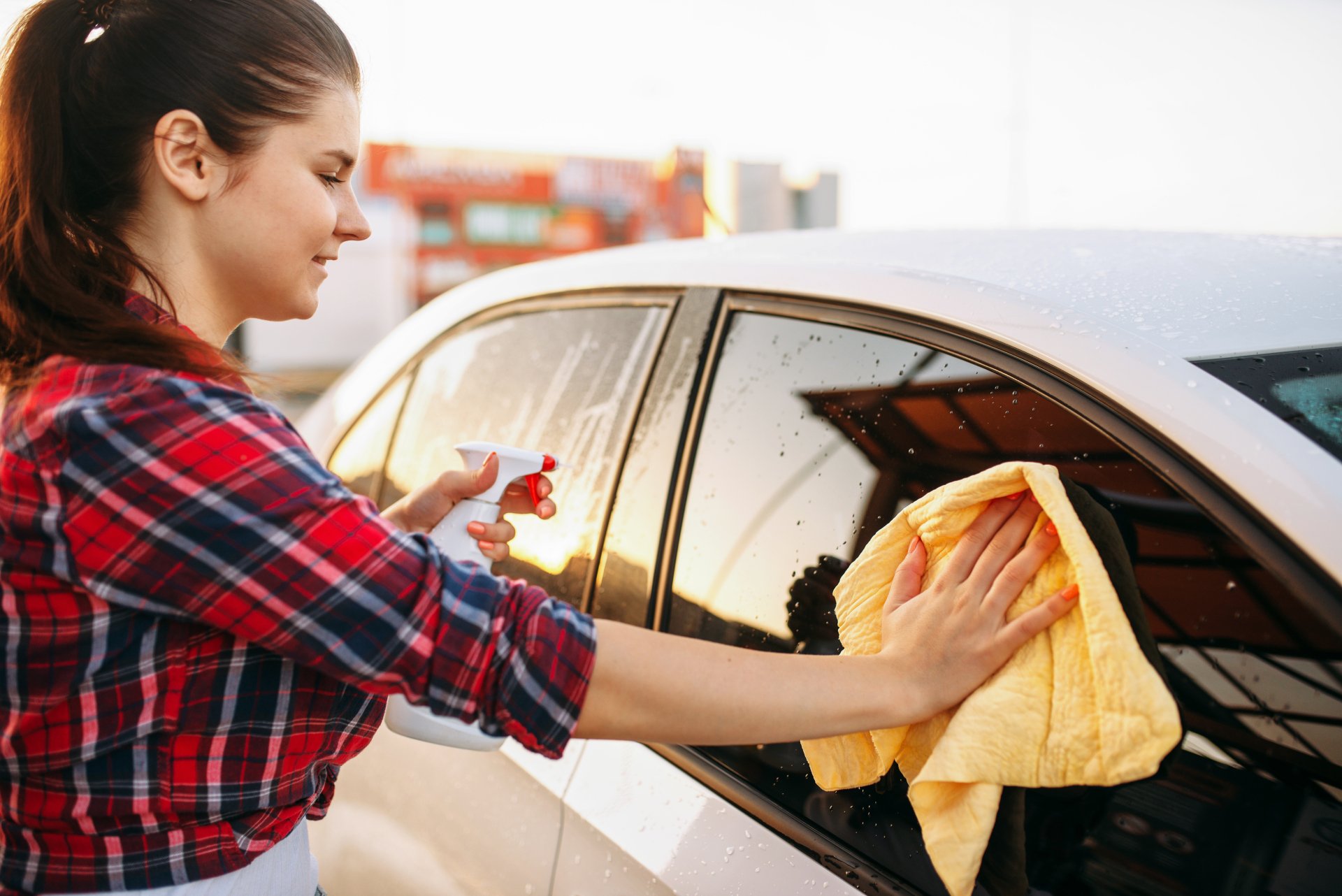

Specialized Home Improvement Topics
How To Remove Tint Glue From Car Windows
Modified: February 18, 2024
Learn effective techniques to remove tint glue from car windows with our specialized home improvement tips. Keep your car windows clean and clear with our expert advice.
(Many of the links in this article redirect to a specific reviewed product. Your purchase of these products through affiliate links helps to generate commission for Storables.com, at no extra cost. Learn more)
Introduction
Removing tint glue from car windows can be a challenging task, but with the right techniques and tools, it can be accomplished effectively. Tint glue, also known as adhesive residue, is the sticky substance left behind when window tint is peeled off. It can mar the appearance of the windows and obstruct visibility. Whether you're replacing old tint, correcting a botched tint job, or simply seeking to restore the pristine look of your car windows, knowing how to remove tint glue is essential.
Understanding the nature of tint glue and the various methods for its removal is crucial for achieving a successful outcome without damaging the glass. In this comprehensive guide, we'll delve into the intricacies of tint glue removal, exploring the use of heat, chemicals, and razor blades to effectively eliminate the stubborn residue. Additionally, we'll cover the crucial step of cleaning the window after removing the tint glue to ensure a spotless finish.
By the end of this guide, you'll be equipped with the knowledge and confidence to tackle tint glue removal with precision and finesse. So, let's dive into the world of tint glue removal and discover the best practices for restoring the clarity and elegance of your car windows.
Key Takeaways:
- Say goodbye to stubborn tint glue on car windows by using heat, chemicals, or a razor blade. Follow up with a thorough cleaning for spotless, clear windows that elevate your car’s appearance.
- Master the art of tint glue removal and window cleaning to restore your car’s windows to their original brilliance. With the right techniques, achieve flawless, adhesive-free results that showcase your vehicle’s elegance.
Read more: How To Apply Tint To Car Windows
Understanding Tint Glue
Before delving into the methods for removing tint glue, it’s essential to understand the nature of this adhesive residue. Tint glue is a sticky substance that remains on the glass surface after the tint film has been peeled off. This residue is primarily composed of adhesive compounds that are designed to create a strong bond between the tint film and the glass. As a result, it can be quite resilient and challenging to remove.
One of the key characteristics of tint glue is its ability to harden over time. As the adhesive dries and cures, it becomes increasingly stubborn, making its removal more arduous. Additionally, exposure to sunlight and fluctuating temperatures can cause the tint glue to become even more firmly adhered to the glass, further complicating the removal process.
It’s important to note that tint glue can vary in composition based on the type of tint film that was previously applied to the windows. Different tint films utilize distinct adhesive formulations, and as a result, the characteristics of the tint glue may differ. Some tint glues may be more prone to hardening, while others may exhibit greater resistance to solvents and scraping.
Furthermore, the condition of the glass surface can influence the adhesion of tint glue. Imperfections such as scratches, pits, or chips in the glass can provide crevices for the adhesive to cling to, making it more challenging to fully remove the residue. Understanding these factors is crucial for selecting the most appropriate method for removing tint glue and ensuring that the glass is not damaged in the process.
By gaining insight into the properties of tint glue, you’ll be better prepared to choose the most effective approach for its removal. In the following sections, we’ll explore the methods for removing tint glue, taking into account the unique characteristics of this stubborn residue and the best practices for achieving a pristine, adhesive-free surface.
Methods for Removing Tint Glue
When it comes to removing tint glue from car windows, several methods can be employed, each with its own set of advantages and considerations. Whether you prefer a heat-based approach, the use of specialized chemicals, or the precision of a razor blade, there are various techniques to suit different preferences and circumstances. It’s important to assess the condition of the tint glue, the type of glass, and your comfort level with specific methods before proceeding with the removal process.
Before initiating the removal process, gather the necessary tools and materials, including a heat gun or hairdryer, adhesive remover or rubbing alcohol, a razor blade or scraper, clean microfiber cloths, and a glass cleaner. Additionally, ensure that you have adequate ventilation and protective gear, such as gloves and safety glasses, when working with chemicals or heat.
Throughout the removal process, it’s crucial to work methodically and patiently, applying the chosen method with care to avoid damaging the glass or leaving behind residual adhesive. Let’s explore the three primary methods for removing tint glue: using heat, employing chemicals, and utilizing a razor blade to scrape off the adhesive.
Each of these methods offers distinct advantages and considerations, and in some cases, a combination of techniques may be the most effective approach. By understanding the nuances of each method and tailoring your approach to the specific characteristics of the tint glue and glass, you can achieve optimal results and restore the windows to their original clarity.
In the following sections, we’ll delve into each method, providing detailed instructions and insights to guide you through the tint glue removal process. Whether you’re a seasoned DIY enthusiast or a first-time remover of tint glue, this comprehensive guide will equip you with the knowledge and confidence to tackle this task with precision and finesse.
Using Heat to Remove Tint Glue
Employing heat is a widely favored method for softening and loosening tint glue, making it easier to peel off from the glass surface. This approach is particularly effective for older and stubborn adhesive residue that has hardened over time. By gently applying heat, the adhesive becomes more pliable, allowing for smoother removal without the need for harsh chemicals or excessive scraping.
To initiate the process, you’ll need a heat gun or a high-powered hairdryer. Begin by selecting a medium heat setting to avoid overheating the glass or causing damage to the surrounding window seals. Hold the heat source a few inches away from the tint glue, moving it back and forth in a sweeping motion to evenly distribute the heat. As the adhesive warms up, you’ll notice it becoming softer and more malleable.
Once the tint glue has been adequately heated, use a clean microfiber cloth to gently press and lift the softened adhesive from the glass. Avoid using excessive force, as this may result in smearing the adhesive or leaving behind residue. As you work through the removal process, periodically reapply heat to any stubborn areas, ensuring that the adhesive remains pliable and easy to manipulate.
It’s important to exercise caution when using heat, especially on automotive glass, as excessive temperatures can lead to thermal stress and potential damage. Additionally, be mindful of the proximity of the heat source to any plastic components or window seals to prevent unintended consequences.
After the majority of the tint glue has been lifted from the glass, use an adhesive remover or rubbing alcohol to further dissolve any residual adhesive. Apply the remover to a clean microfiber cloth and gently rub the remaining adhesive, allowing the solvent to break down the adhesive for easier removal.
By incorporating heat into the tint glue removal process, you can effectively soften and loosen the adhesive, facilitating a smoother and less abrasive removal experience. This method is particularly beneficial for minimizing the need for aggressive scraping and reducing the risk of damaging the glass surface.
Next, we’ll explore the use of chemicals as an alternative method for removing tint glue, providing a comprehensive understanding of this approach and its considerations.
Use a mixture of equal parts vinegar and warm water to soak a cloth. Place the cloth over the tint glue for 5-10 minutes, then gently scrape it off with a razor blade. Wipe the area clean with a microfiber cloth.
Using Chemicals to Remove Tint Glue
Employing chemicals is a highly effective method for dissolving and removing stubborn tint glue from car windows. This approach is particularly beneficial for adhesive residue that has hardened or is resistant to other removal methods. When utilizing chemicals, it’s essential to select a suitable adhesive remover or solvent that is safe for use on automotive glass and compatible with the type of tint glue being removed.
Before applying any chemicals, ensure that you are working in a well-ventilated area and wearing appropriate protective gear, including gloves and safety glasses. Begin by selecting a reputable adhesive remover or solvent designed specifically for automotive applications. Common options include commercial adhesive removers, rubbing alcohol, or acetone-based solutions.
To initiate the process, apply the chosen solvent to a clean microfiber cloth and gently dab it onto the tint glue, allowing the chemical to penetrate and dissolve the adhesive. It’s important to avoid saturating the glass with excessive solvent, as this can lead to streaking or potential damage to surrounding components.
As the solvent begins to break down the adhesive, use a gentle wiping motion to lift the softened tint glue from the glass. For particularly stubborn areas, allow the solvent to dwell for a few minutes before attempting to remove the adhesive. Repeat the application of the solvent as needed, ensuring that the adhesive is thoroughly dissolved and lifted from the glass.
After the majority of the tint glue has been removed, use a clean microfiber cloth dampened with the solvent to wipe the glass surface, ensuring that any residual adhesive is effectively dissolved and eliminated. Once the adhesive has been successfully removed, thoroughly clean the glass with a glass cleaner to restore its clarity and shine.
When using chemicals to remove tint glue, it’s important to exercise caution and follow the manufacturer’s recommendations for safe and effective application. Additionally, be mindful of the potential impact of the solvent on surrounding materials, such as rubber seals or plastic components, and take appropriate measures to prevent unintended damage.
By utilizing chemicals to dissolve and remove tint glue, you can effectively tackle stubborn adhesive residue and restore the glass to a pristine, adhesive-free state. This method offers a comprehensive solution for addressing hardened or resistant tint glue, providing a reliable and efficient approach to achieving optimal results.
Next, we’ll explore the use of a razor blade as a precision tool for scraping off tint glue, offering valuable insights into this method and its considerations.
Read more: What Is The Best Tint For Car Windows
Using a Razor Blade to Scrape off Tint Glue
When faced with stubborn or residual tint glue that requires precision removal, utilizing a razor blade or scraper can be an effective method for scraping off the adhesive from car windows. This approach allows for targeted removal of adhesive residue, particularly in areas where heat or chemicals may not have fully addressed the stubborn tint glue.
Before using a razor blade, it’s crucial to exercise caution and employ proper technique to avoid damaging the glass surface. Additionally, ensure that the razor blade is held at a shallow angle to the glass to minimize the risk of scratching or gouging the surface. It’s recommended to use a new, sharp razor blade to ensure optimal effectiveness and reduce the likelihood of streaking or smearing the adhesive.
To begin the scraping process, hold the razor blade at a shallow angle to the glass and gently scrape the adhesive, applying light and consistent pressure. Work in small, controlled motions, periodically wiping the blade on a clean microfiber cloth to remove any accumulated adhesive residue. It’s important to maintain a steady hand and avoid applying excessive force, as this can lead to unintended damage to the glass.
As you work through the scraping process, periodically assess the condition of the glass and the effectiveness of the removal. If necessary, reapply heat or a solvent to any stubborn areas to further soften the adhesive and facilitate smoother scraping. Exercise patience and precision, ensuring that the adhesive is gradually lifted from the glass without causing damage or leaving behind streaks.
After the majority of the tint glue has been scraped off, use a clean microfiber cloth and an adhesive remover or rubbing alcohol to address any residual adhesive that may remain. Gently rub the solvent onto the glass, allowing it to dissolve and lift any remaining adhesive, ensuring a thorough and comprehensive removal process.
By using a razor blade to scrape off tint glue, you can effectively address localized areas of stubborn adhesive residue, achieving a precise and targeted removal process. This method offers a valuable approach for fine-tuning the removal process and ensuring that the glass surface is restored to a pristine, adhesive-free state.
Next, we’ll explore the crucial step of cleaning the window after removing the tint glue, providing insights into achieving a spotless and polished finish.
Cleaning the Window After Removing Tint Glue
After successfully removing the tint glue from the car windows, the final step involves thorough cleaning to ensure a spotless and polished finish. This critical phase not only enhances the visual appeal of the glass but also ensures that any residual adhesive or cleaning agents are completely eliminated, leaving the windows in pristine condition.
Begin by using a high-quality glass cleaner and a clean microfiber cloth to thoroughly clean the interior and exterior surfaces of the windows. Select a glass cleaner specifically formulated for automotive use, as it will effectively remove any remaining residue and leave the glass streak-free and crystal clear.
Apply the glass cleaner to the microfiber cloth or directly onto the glass surface, ensuring even coverage. Use a gentle, circular motion to clean the windows, working from top to bottom and overlapping your strokes to achieve comprehensive coverage. Pay close attention to the edges and corners of the windows to ensure that all residual adhesive and cleaning agents are thoroughly removed.
For any persistent streaks or smudges, consider using a fresh microfiber cloth to buff the glass to a brilliant shine. This final polishing step will elevate the clarity and luster of the windows, providing a flawless finish that enhances the overall aesthetic of the vehicle.
As you clean and polish the windows, take the opportunity to inspect the glass for any signs of damage or imperfections. Check for scratches, chips, or other blemishes that may require attention or professional intervention. Addressing any issues promptly will help maintain the integrity and visual appeal of the windows.
Additionally, consider cleaning the surrounding areas, such as the window seals and interior trim, to ensure a cohesive and immaculate result. Use a gentle interior cleaner and a soft brush or cloth to remove any dust or residue from these components, further enhancing the overall appearance of the windows.
By meticulously cleaning and polishing the windows after removing the tint glue, you can elevate the visual impact of the vehicle and achieve a flawless, adhesive-free finish. This final step not only enhances the aesthetic appeal but also ensures that the windows are in optimal condition, ready to showcase the clarity and elegance of the vehicle.
With the tint glue successfully removed and the windows immaculately cleaned, you can revel in the transformation and enjoy the pristine clarity and visual allure of your car windows.
Conclusion
Removing tint glue from car windows is a task that demands precision, patience, and the application of effective techniques. The stubborn nature of tint glue necessitates a comprehensive approach, taking into account the use of heat, chemicals, and precision tools to achieve optimal results. By understanding the characteristics of tint glue and the nuances of its removal, you can navigate the process with confidence and finesse, restoring the windows to a pristine, adhesive-free state.
Throughout this guide, we’ve explored the intricacies of tint glue removal, delving into the methods for using heat to soften the adhesive, employing chemicals to dissolve stubborn residue, and utilizing a razor blade for precision scraping. Each method offers distinct advantages and considerations, empowering you to tailor your approach to the unique characteristics of the tint glue and the glass surface.
Furthermore, the critical step of cleaning the windows after removing the tint glue ensures a spotless and polished finish, elevating the visual appeal and clarity of the glass. Thorough cleaning and polishing not only enhance the aesthetic impact but also provide an opportunity to inspect the windows for any imperfections that may require attention.
By mastering the art of tint glue removal and window cleaning, you can rejuvenate the appearance of your vehicle, showcasing the clarity and elegance of the windows. Whether you’re addressing the aftermath of a botched tint job or simply seeking to refresh the visual allure of your car, the knowledge and techniques presented in this guide equip you with the expertise to achieve a flawless outcome.
As you embark on the journey of tint glue removal, remember to work methodically, exercise caution, and embrace the transformative power of restoring the windows to their original brilliance. With the right approach and attention to detail, you can savor the satisfaction of unveiling impeccably clear and adhesive-free car windows, elevating the overall aesthetic and appeal of your vehicle.
Armed with the insights and techniques outlined in this guide, you’re poised to conquer the challenge of removing tint glue from car windows, achieving a radiant and unblemished result that reflects the care and dedication you invest in maintaining your vehicle’s pristine appearance.
Frequently Asked Questions about How To Remove Tint Glue From Car Windows
Was this page helpful?
At Storables.com, we guarantee accurate and reliable information. Our content, validated by Expert Board Contributors, is crafted following stringent Editorial Policies. We're committed to providing you with well-researched, expert-backed insights for all your informational needs.
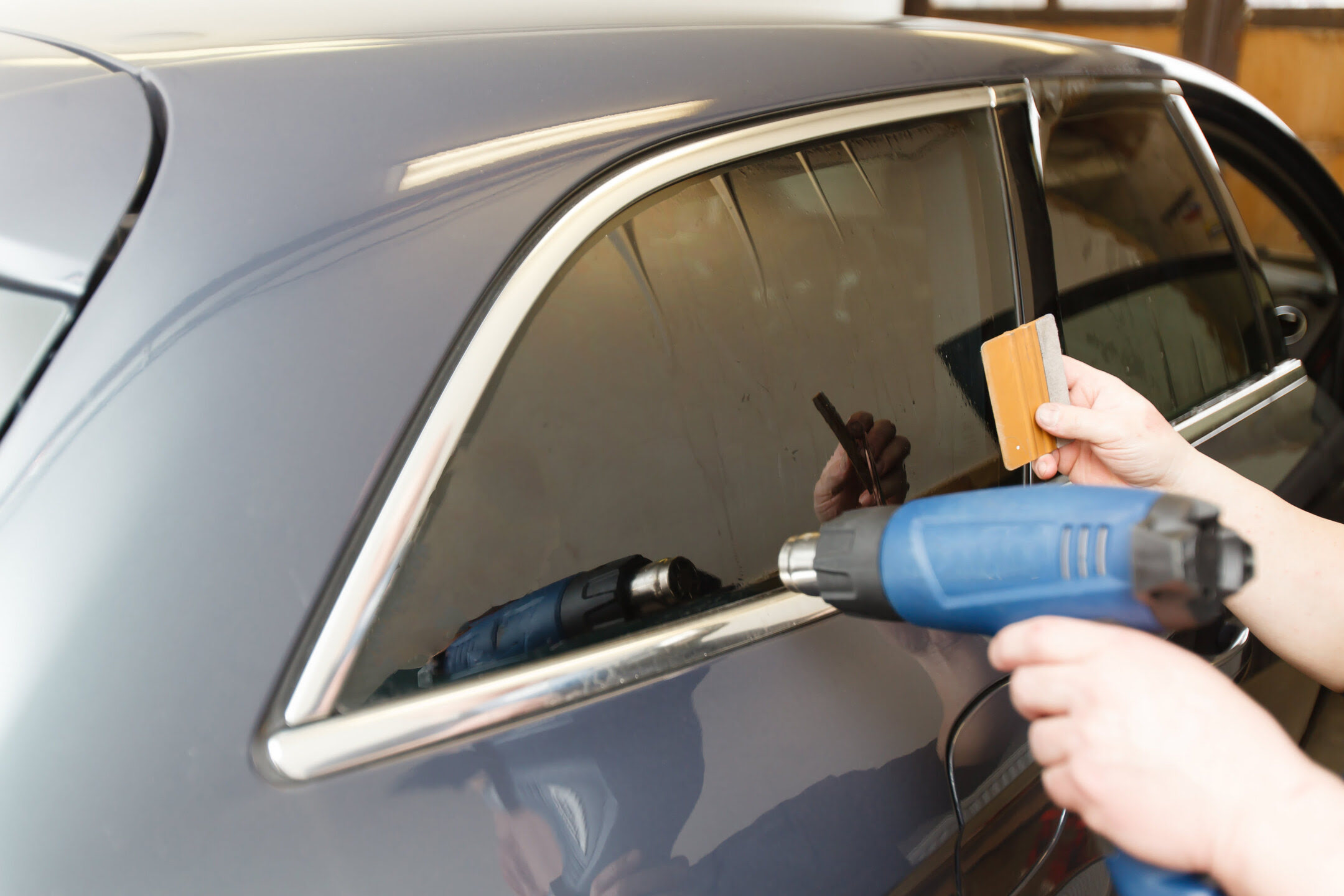
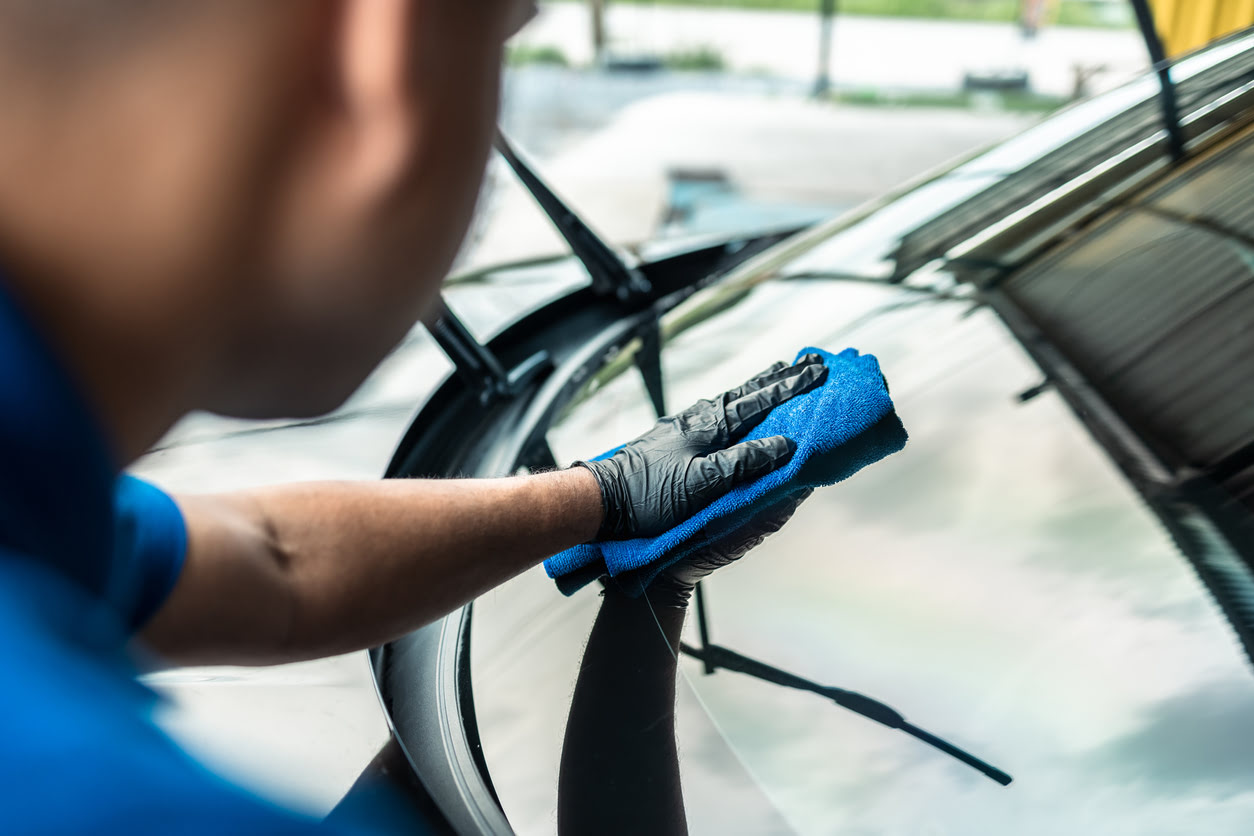

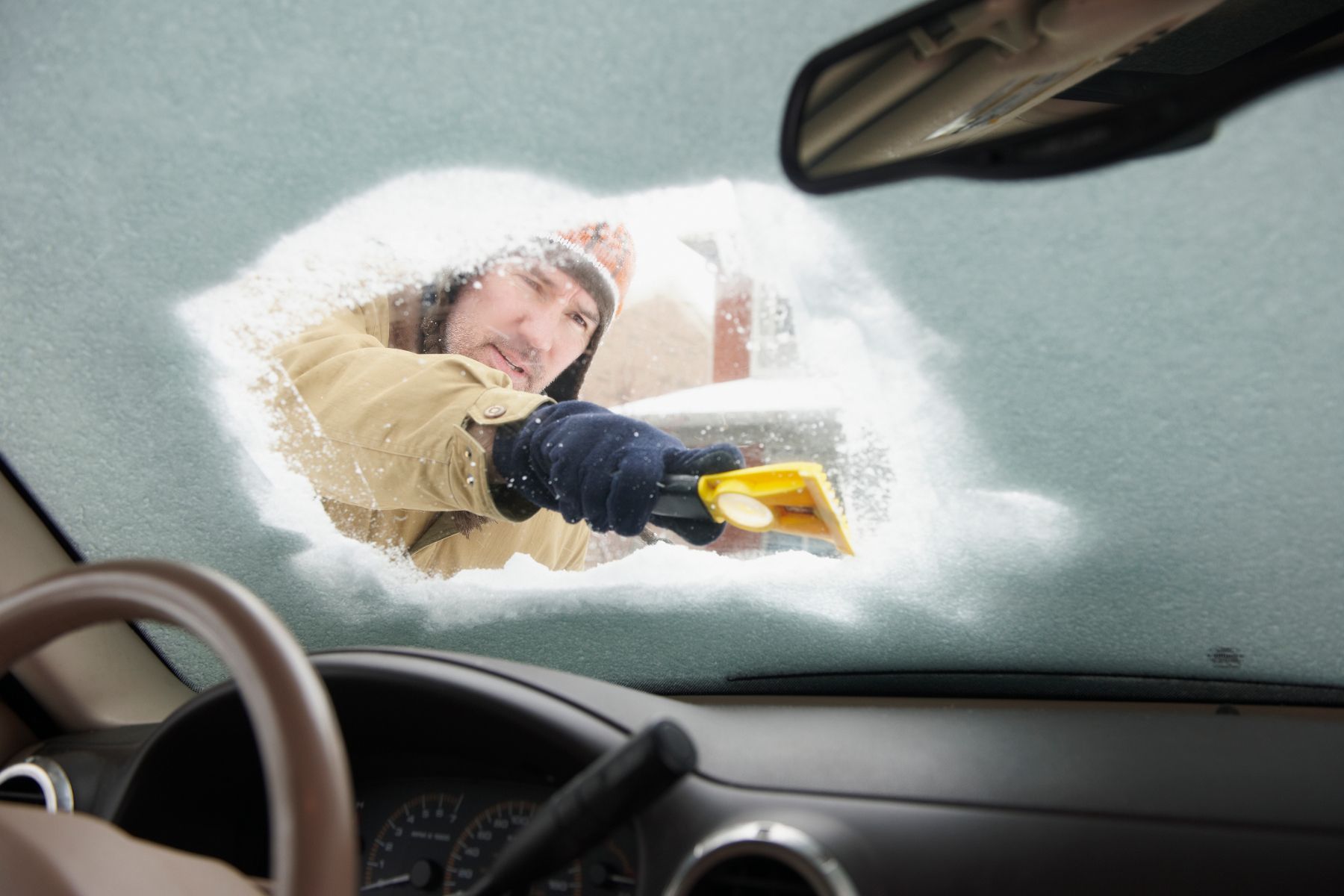
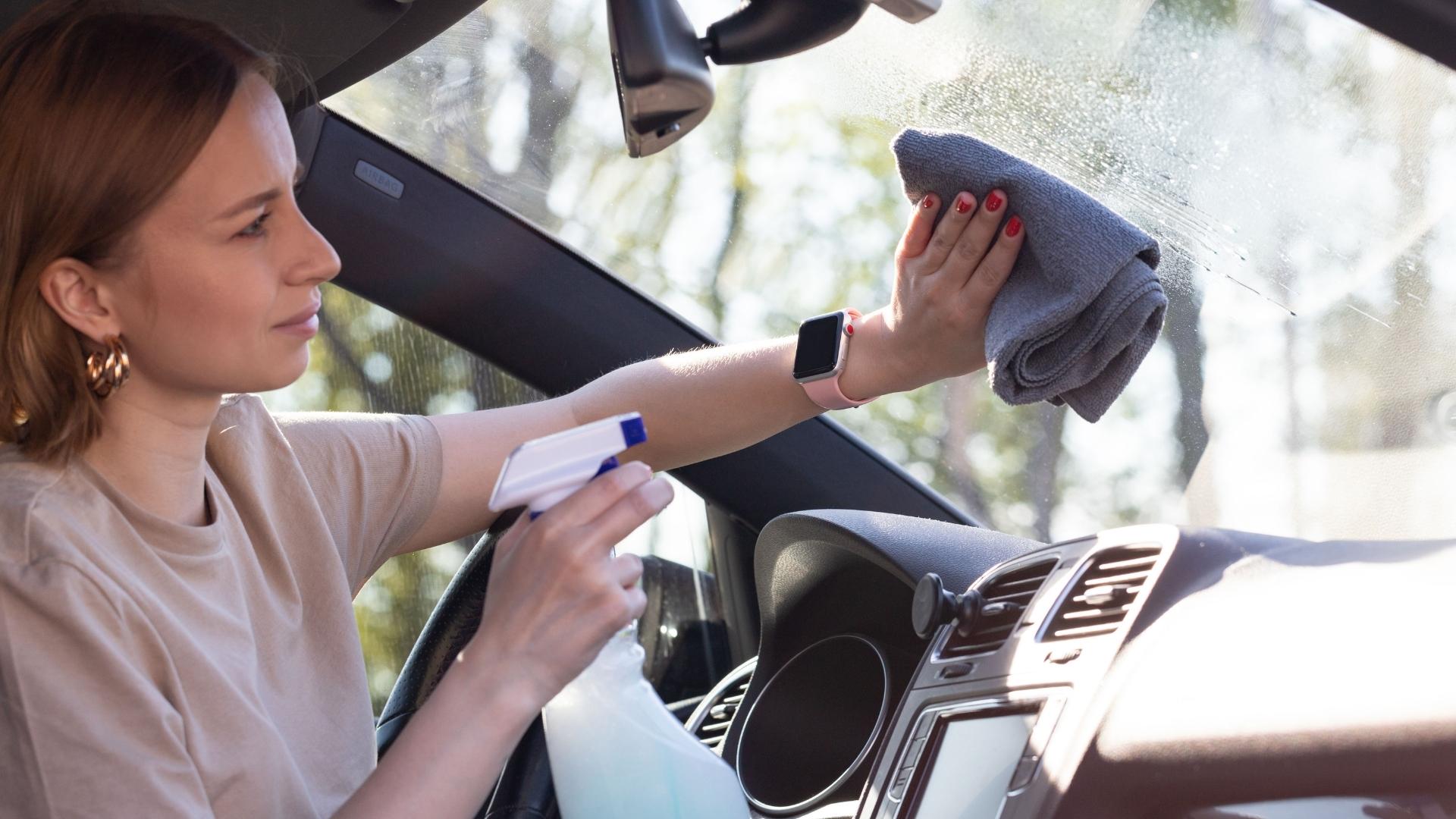
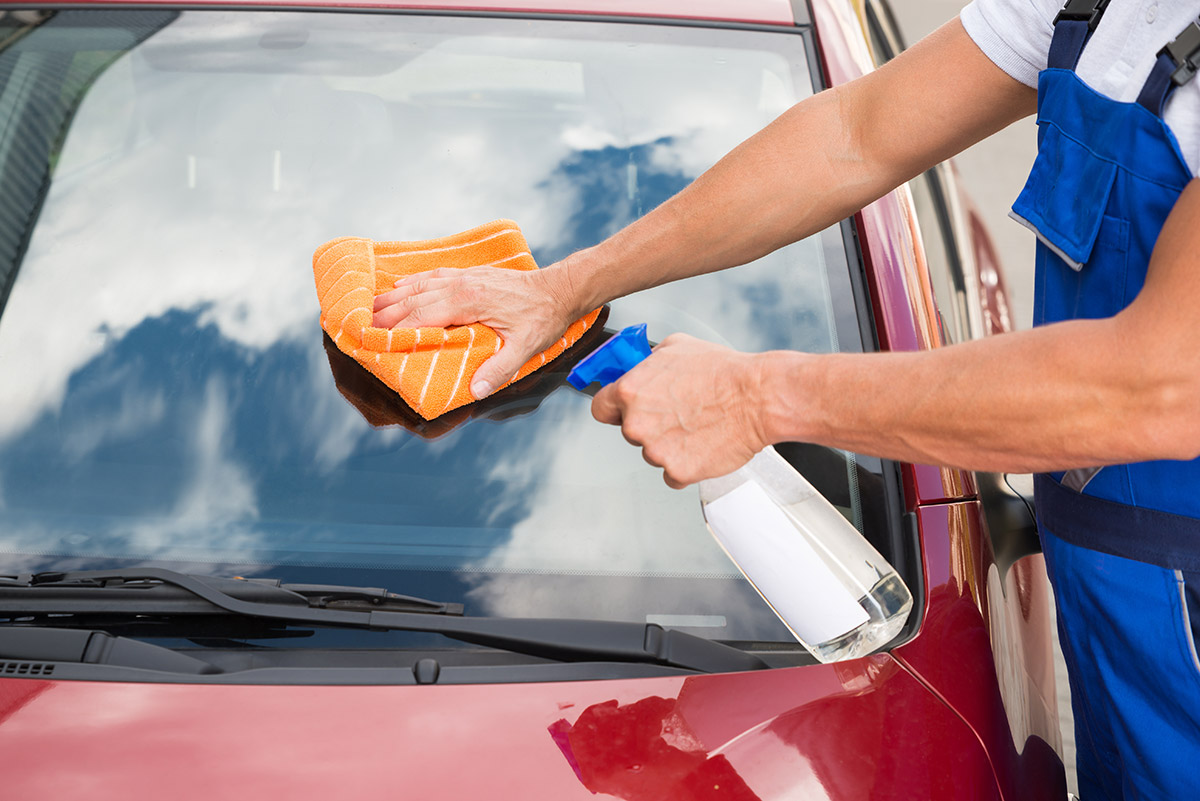
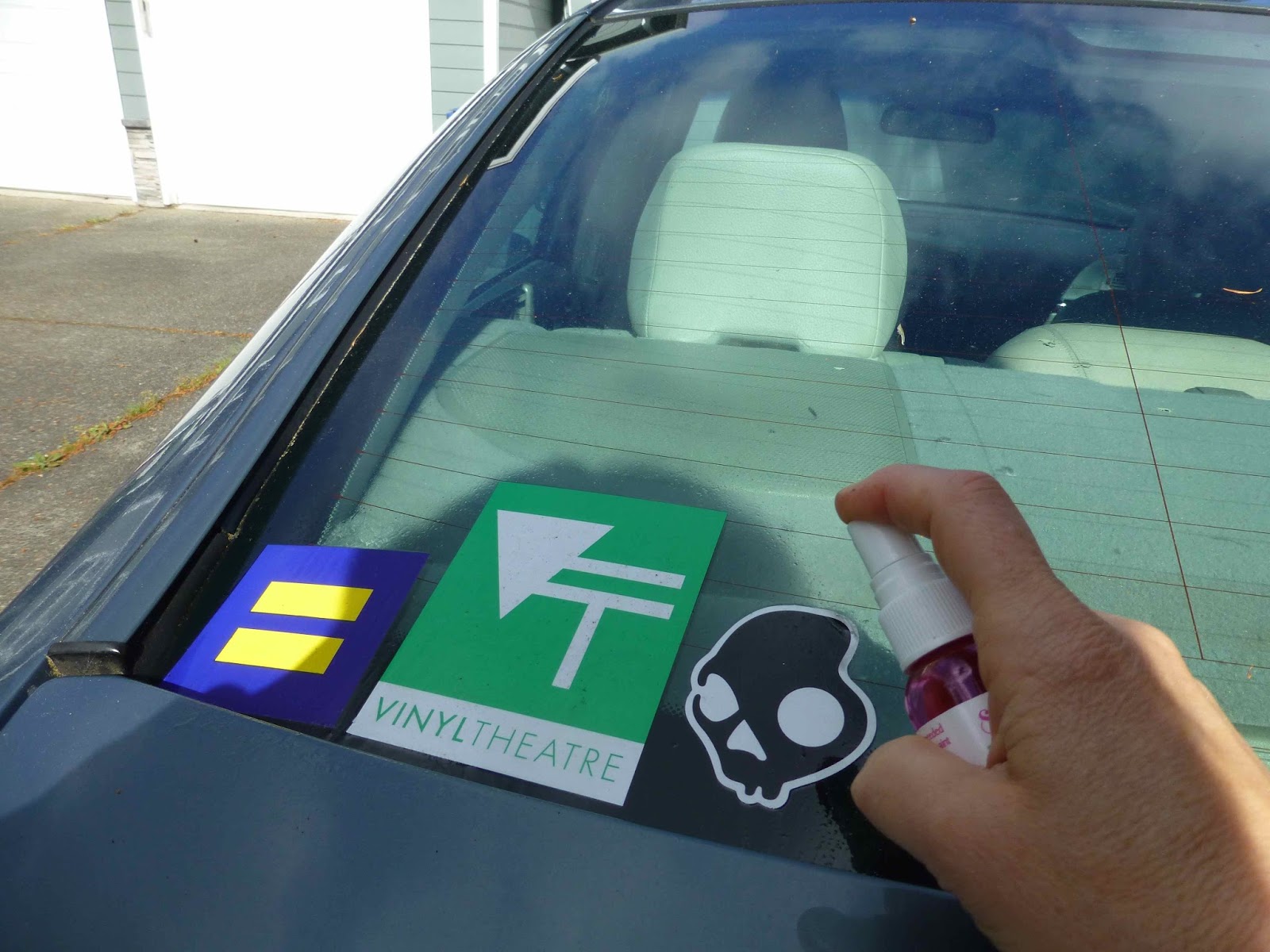
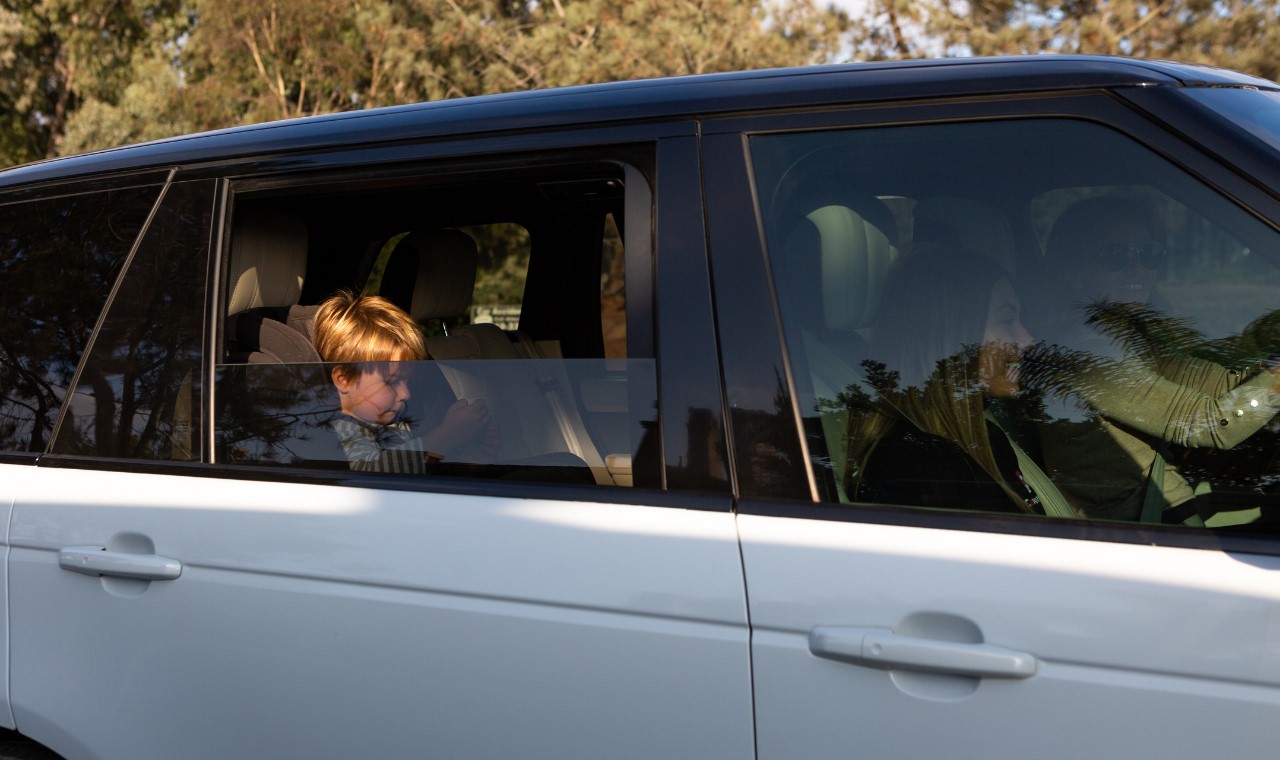
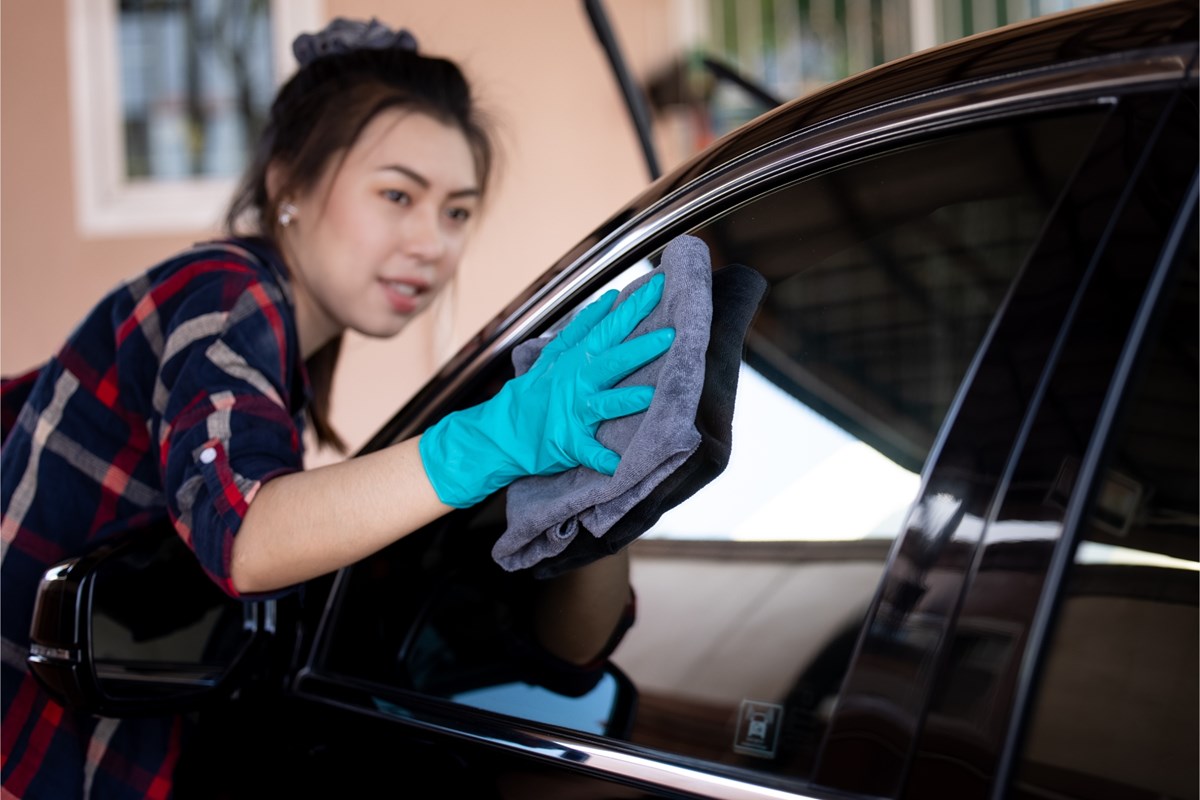
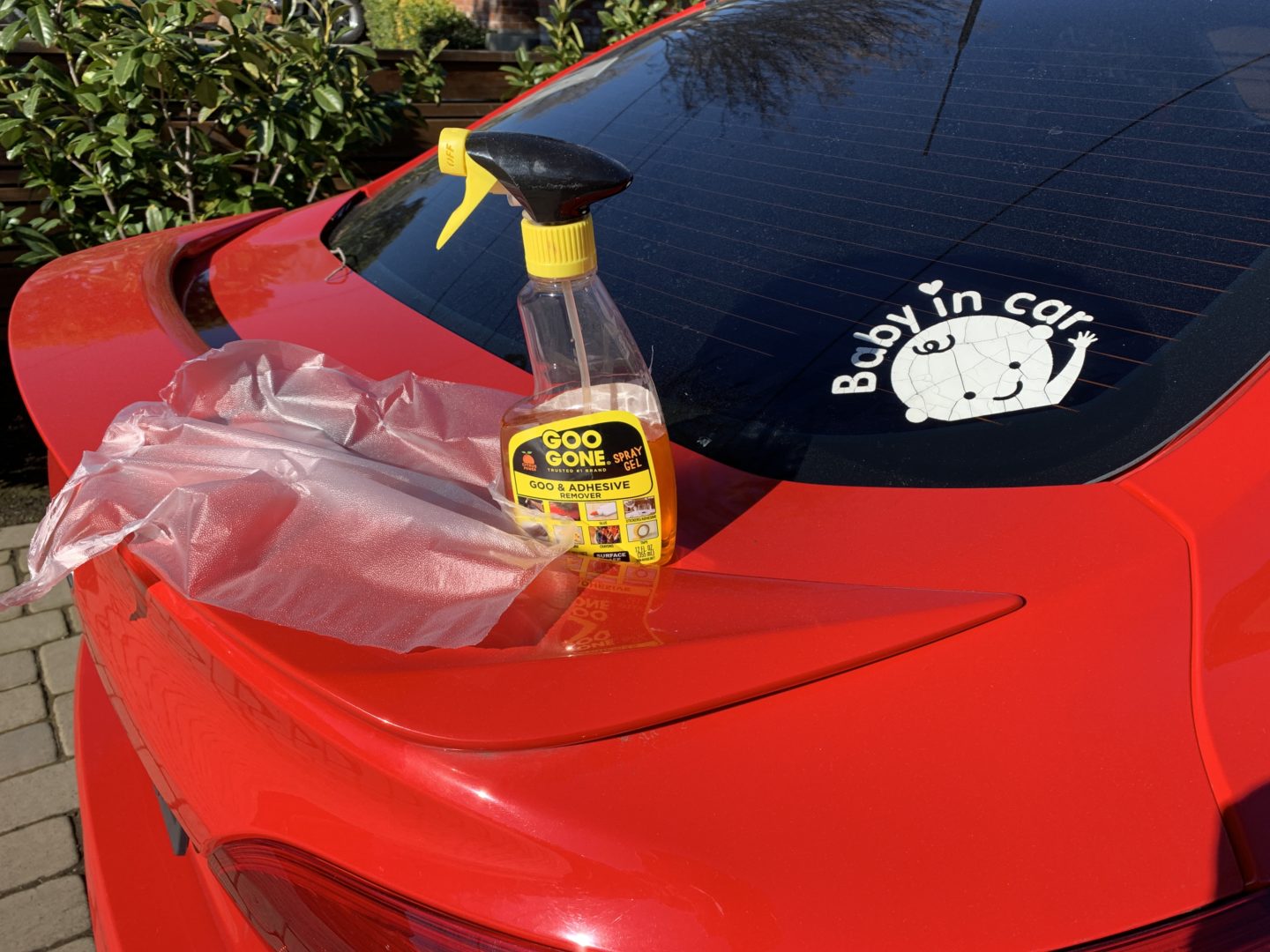
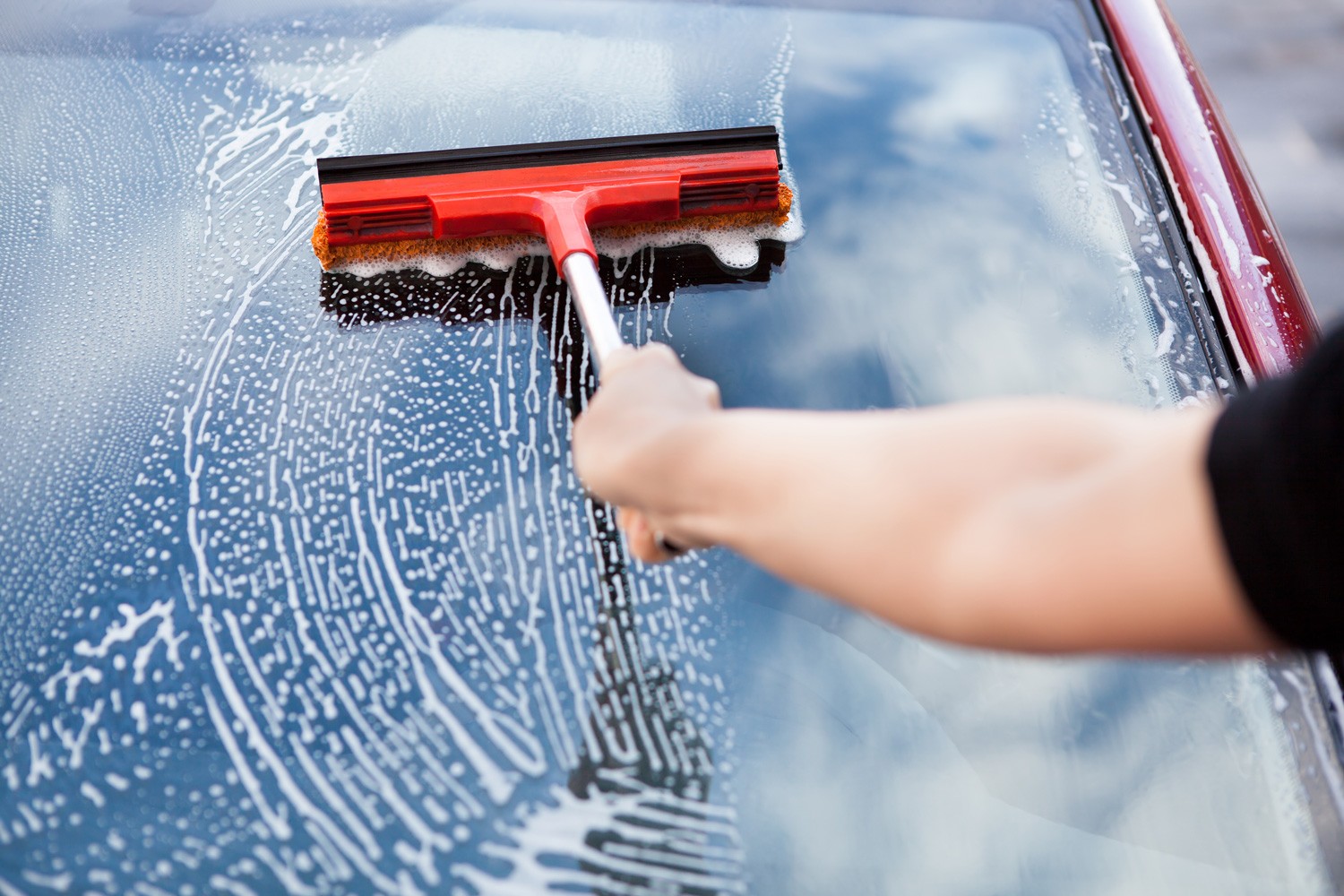
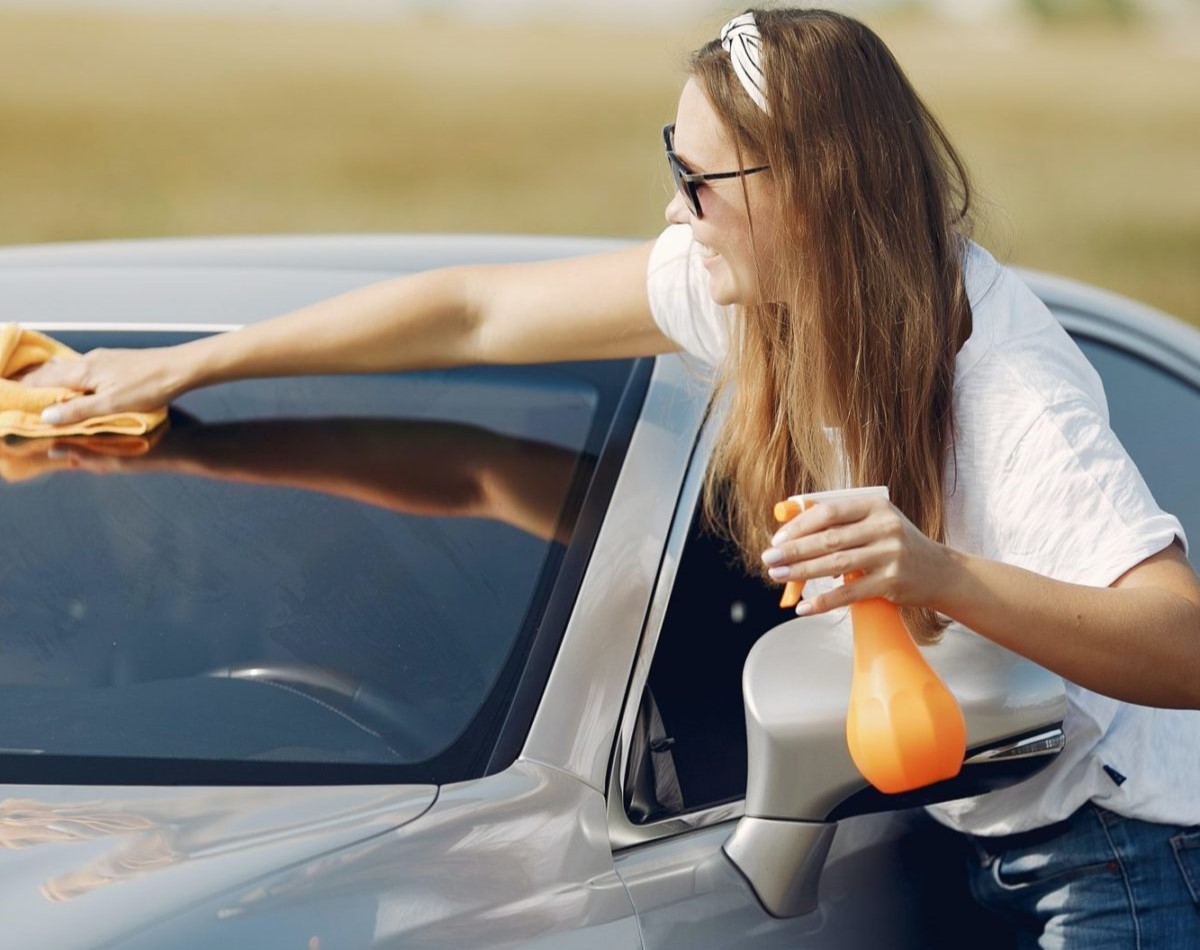
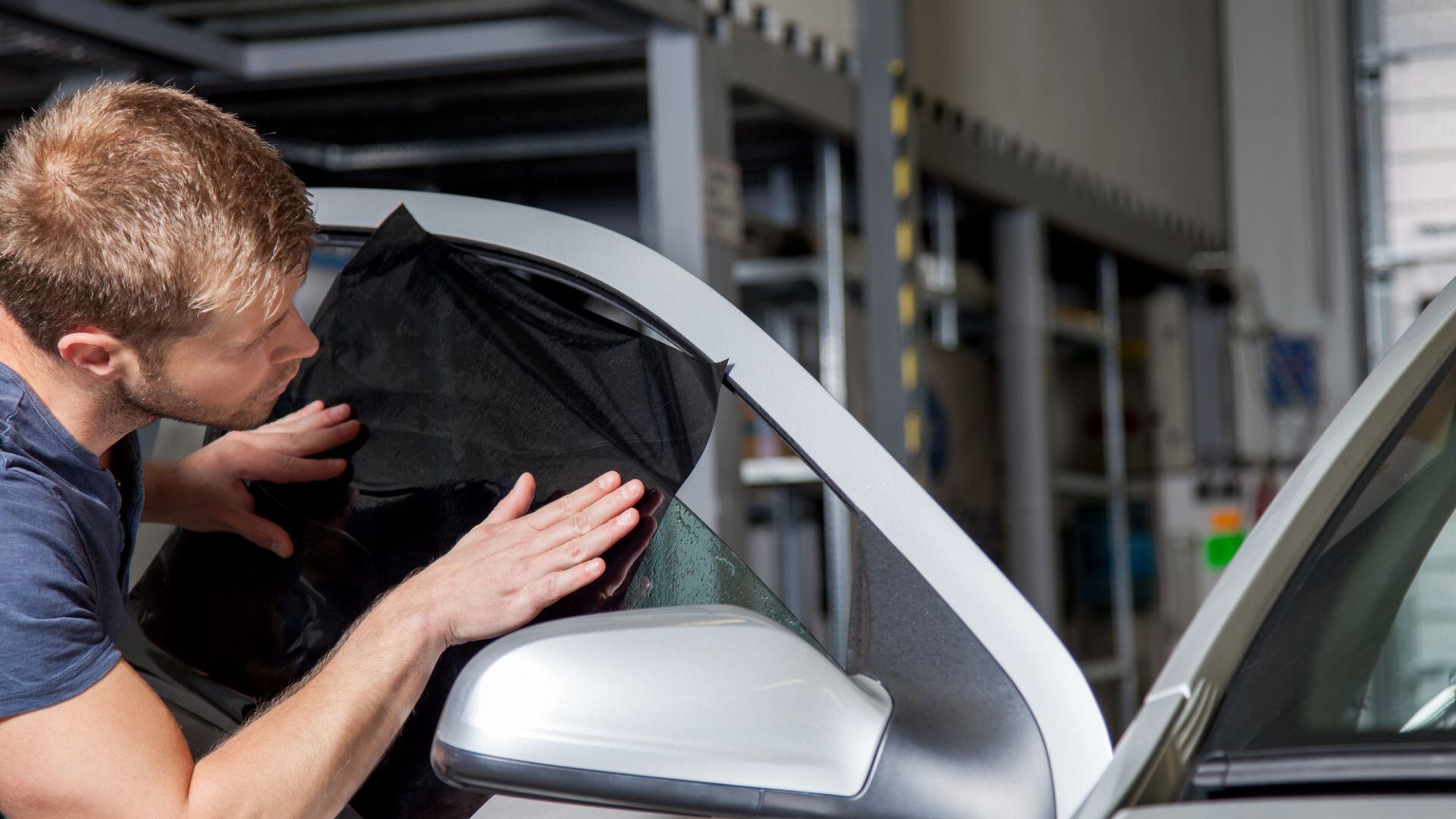
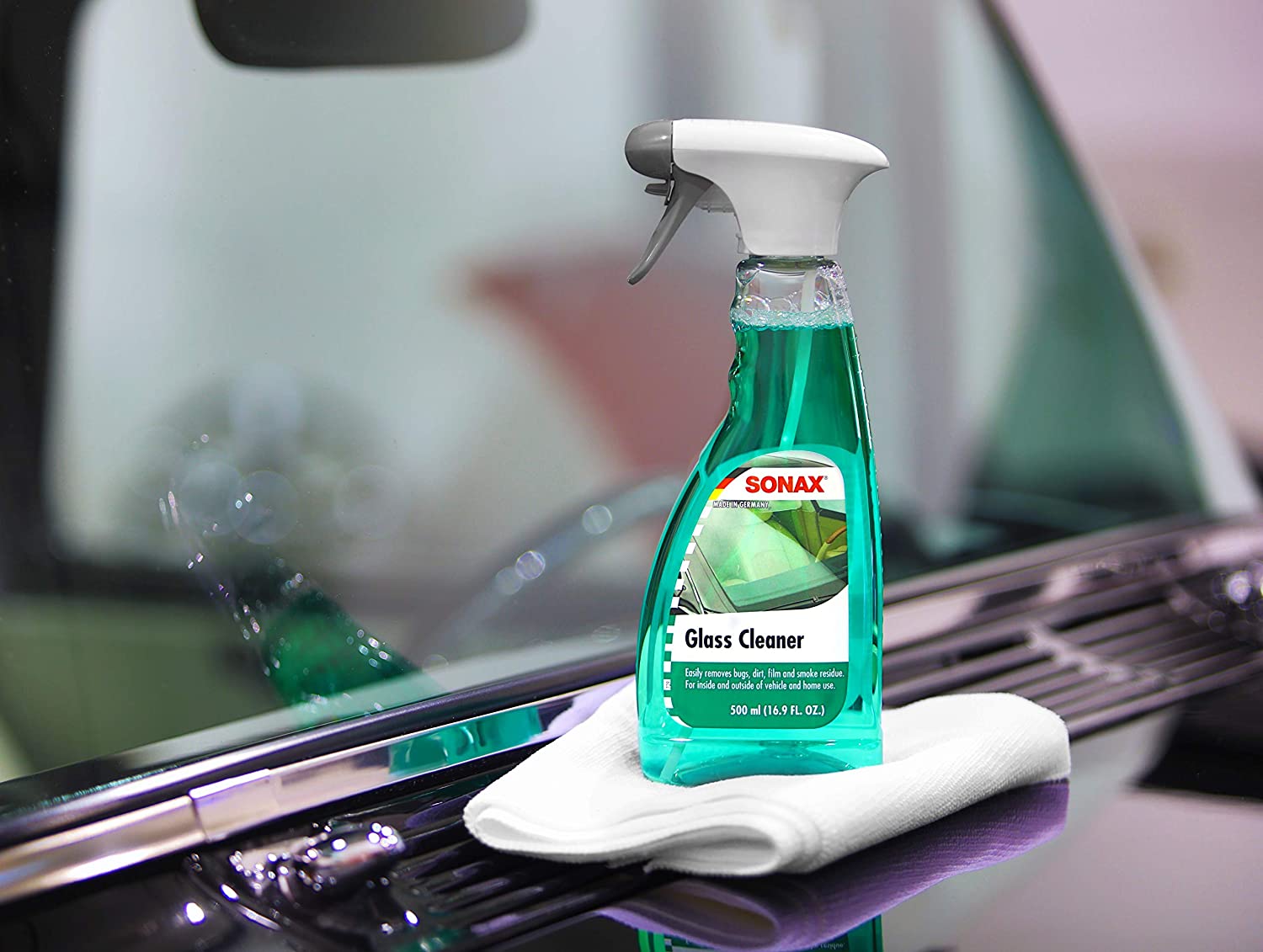

0 thoughts on “How To Remove Tint Glue From Car Windows”